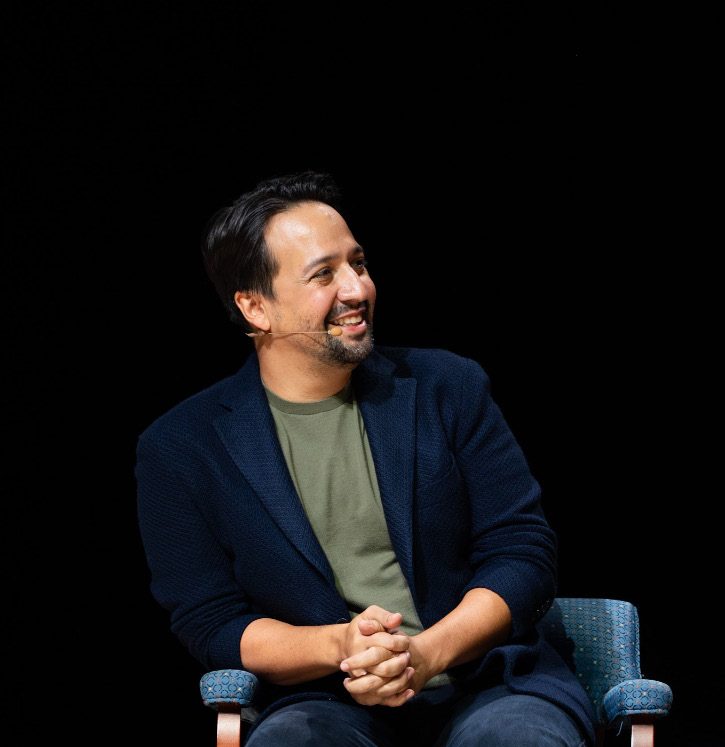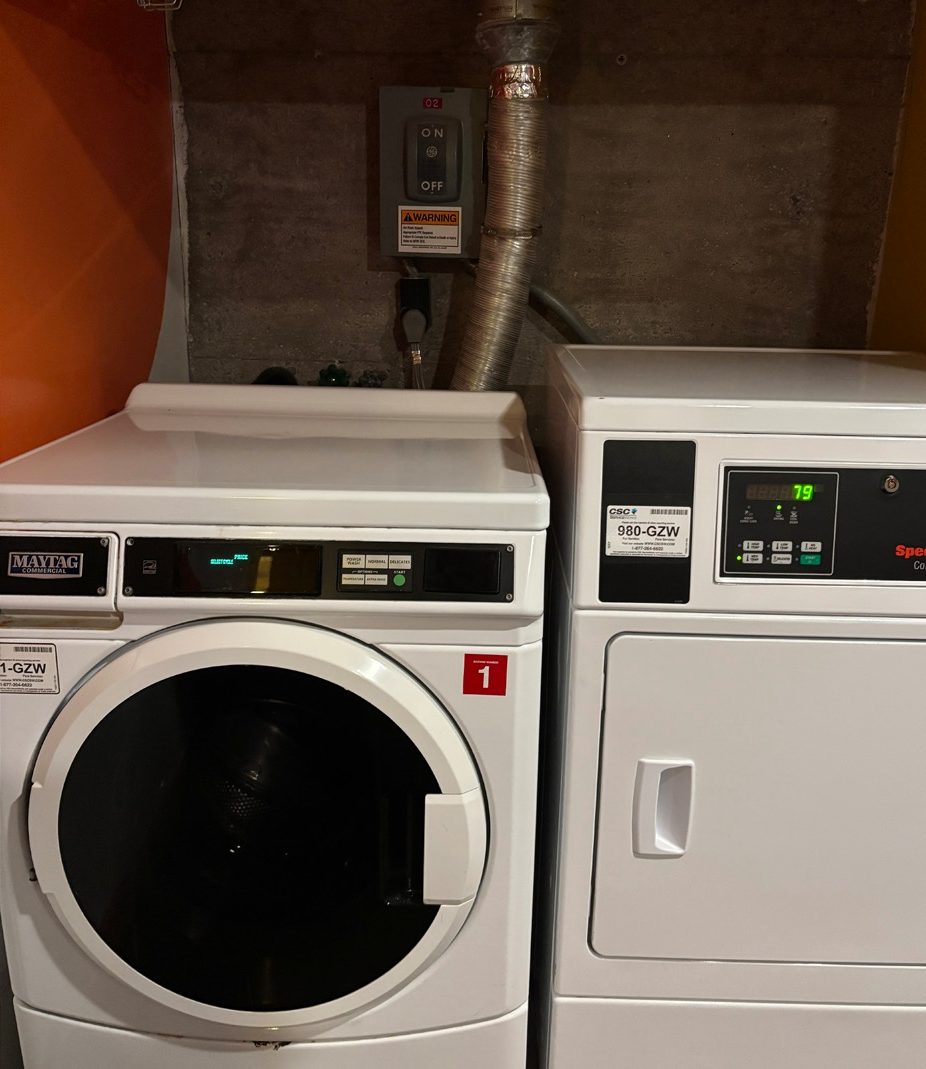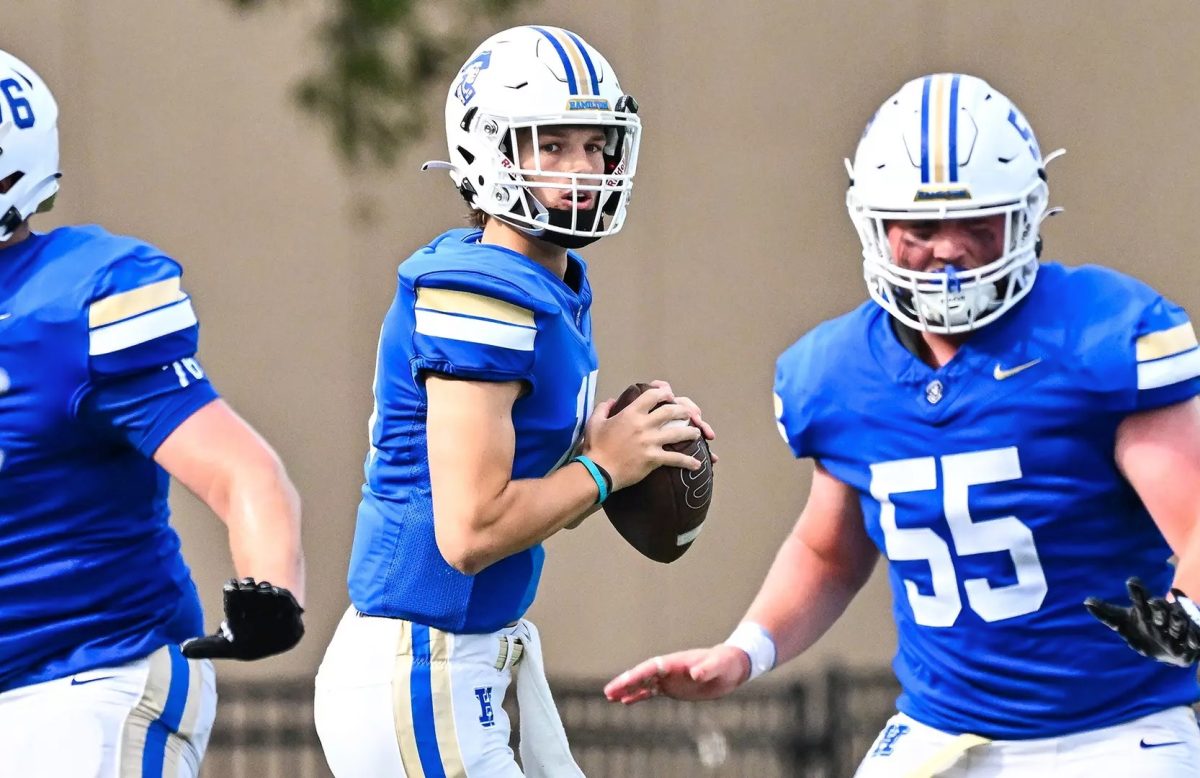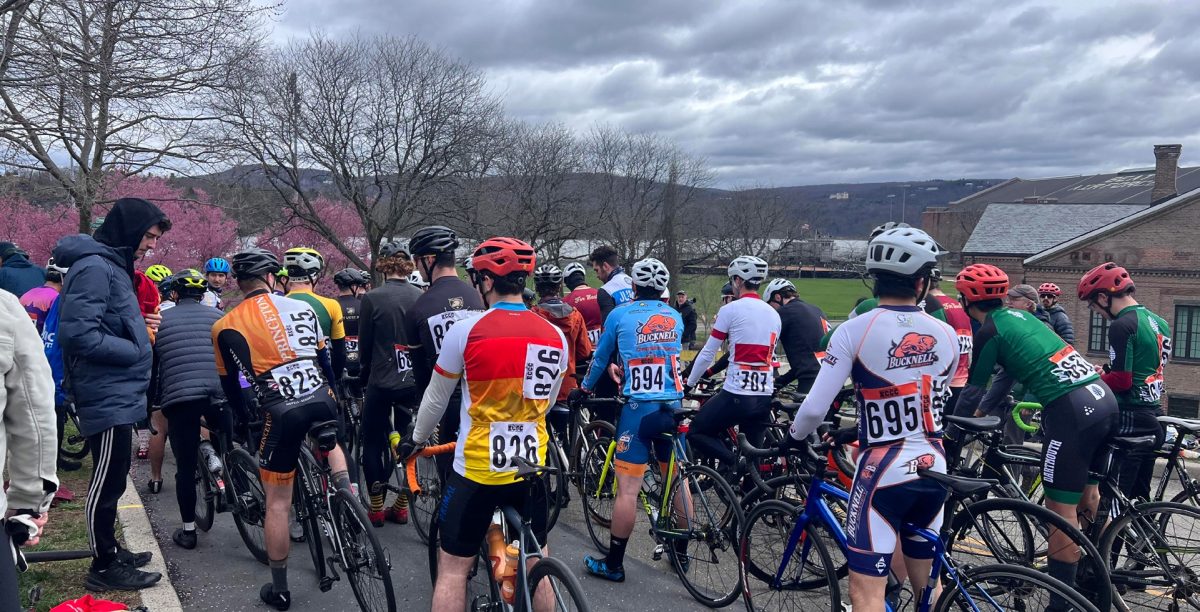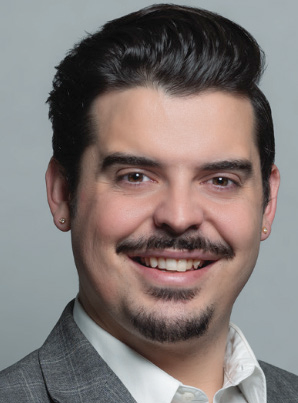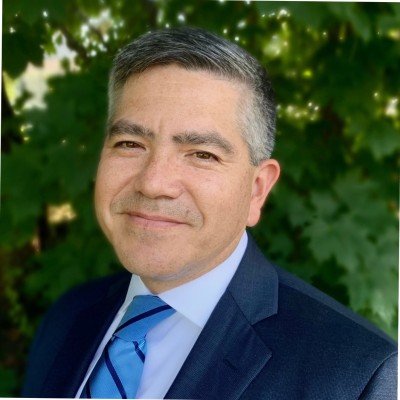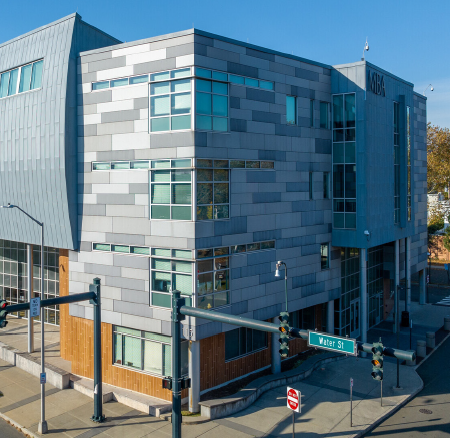
Imagine a high school without suspensions. What does it look like? How does learning there differ from traditional high school where punitive disciplines such as suspensions exist? What if I told you that this is imaginable in today’s day and age? What if I told you that there are high schools currently working to eliminate suspensions?
I consider any kind of punitive punishment enforced by high schools as a neglected learning opportunity. When a student is suspended, a school leaves more than enough room for repetition of the student’s misbehavior to take place. The paramount purpose of education is to equip and prepare lifelong learners and leaders. This purpose requires students to make mistakes and learn from them, regardless of how serious the mistake may be.
At Metropolitan Business Academy, an interdistrict magnet high school in New Haven, CT., faculty and students work jointly toward reframing how the school views discipline through the use of restorative justice principles and practices. As a student in the Metro Youth Justice Panel (MYJP), I had the opportunity of seeing firsthand how the utilization of restorative justice as a method of discipline can cultivate a transformative and revolutionary learning environment for high school students.
The MYJP faculty, Stephen Staysniak and Julia Miller, provided students in the course with enough understanding of restorative justice to practice it in the Metropolitan Community. In an article released by the New Haven Independent showcasing the work being done at Metropolitan, Staysniak says, “The research tells us that a kid who’s acting out in a way that causes them to be suspended, the last thing they need is more alienation… to have those relationships be further broken and them being taken from their school community with no support.” This again begs the question why are schools so quick to suspend and so lackadaisical in solving a problem at the root of its origin?
Once my peers and I successfully completed the training required to become restorative justice practitioners in the Metropolitan community, we were ready to take on the roles of advocates and jury members for our peers. In one “case” MYJP took on, a student was caught disrupting the learning environment on the fourth floor of Metropolitan. Let’s name this student Blake. Once Blake admitted fault for this disruption, they could either be served a punitive consequence or go through the Metro Youth Justice Panel. Blake made the right decision and agreed to a hearing by MYJP.
All parties affected by the disruption committed by Blake had a say in the restorative hearing. Blake had an “advocate” who was responsible for meeting with them to get to the root of the disruption, and the teacher/community member who caught Blake’s disruption (or has an empirical understanding of the incident). At the time of the hearing, both Blake and the teacher/community member were given multiple opportunities to voice their concerns. As a result of the hearing, we learned that Blake is a social learner; hence, once deliberation time arrive, the “jury” presiding at the hearing came to a conclusion that Blake needed certain kinds of academic and emotional support to succeed at Metropolitan. Thus, Blake was provided a “restorative contract,” which contained these three elements: accountability, repair and support. Blake left the MYJP hearing with an understanding of how their negative decision impacted the community and with something in hand to use to grow as a citizen in the community.
This is to say that eliminating the use of punitive disciplines such as suspensions is plausible. In 2014, Yale undergraduate students founded Project Youth Court “which utilized restorative justice principles while reducing and preventing the escalation of juvenile crime in and out of school.” This is a prime example of the impact that undergraduate students can have on a local community. Students at all levels instruction are deserving of an education that teaches them more than textbook material: that which can be useful as citizens of the world. Restorative justice in schools is a stepping stone toward eliminating the school- to prison pipeline, and shows us that change is at hands reach.
This leads me to wonder, what if we take on the task of revisioning school discipline in our local community? What if, like those Yale undergrads, we become restorative justice practitioners in local high schools and communities. Who knows? Perhaps we will become the small liberal arts college that brought an end to punitive discipline in schools and brought forth a new, innovative ideology to help support young minds in their academic and social lives. What better time to bring about change then now?





